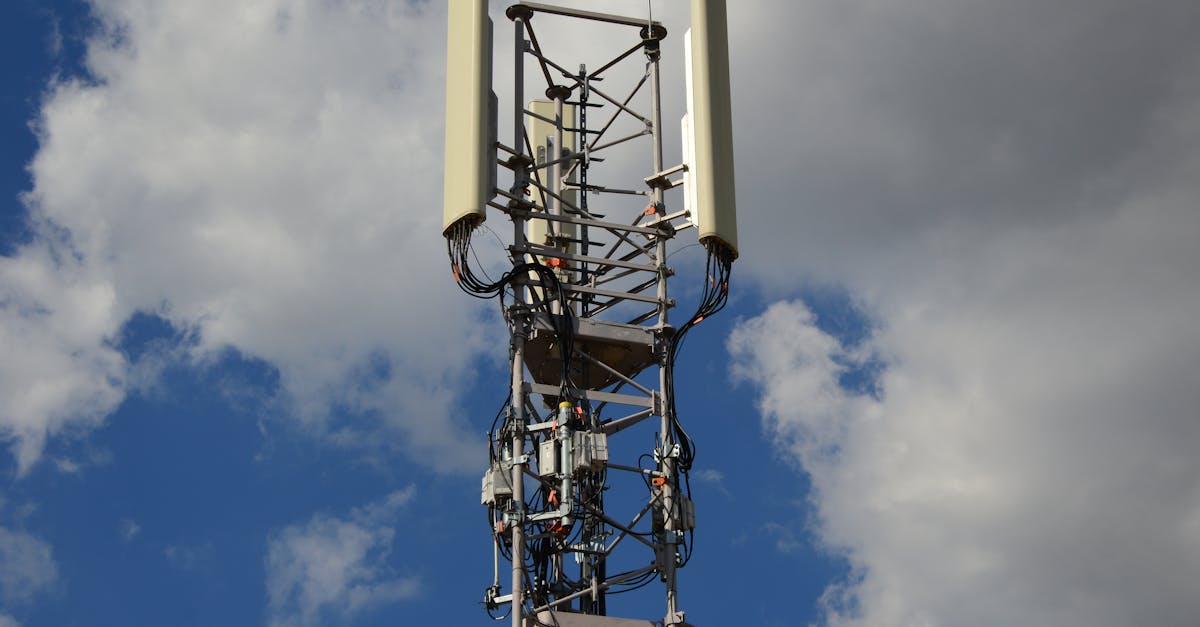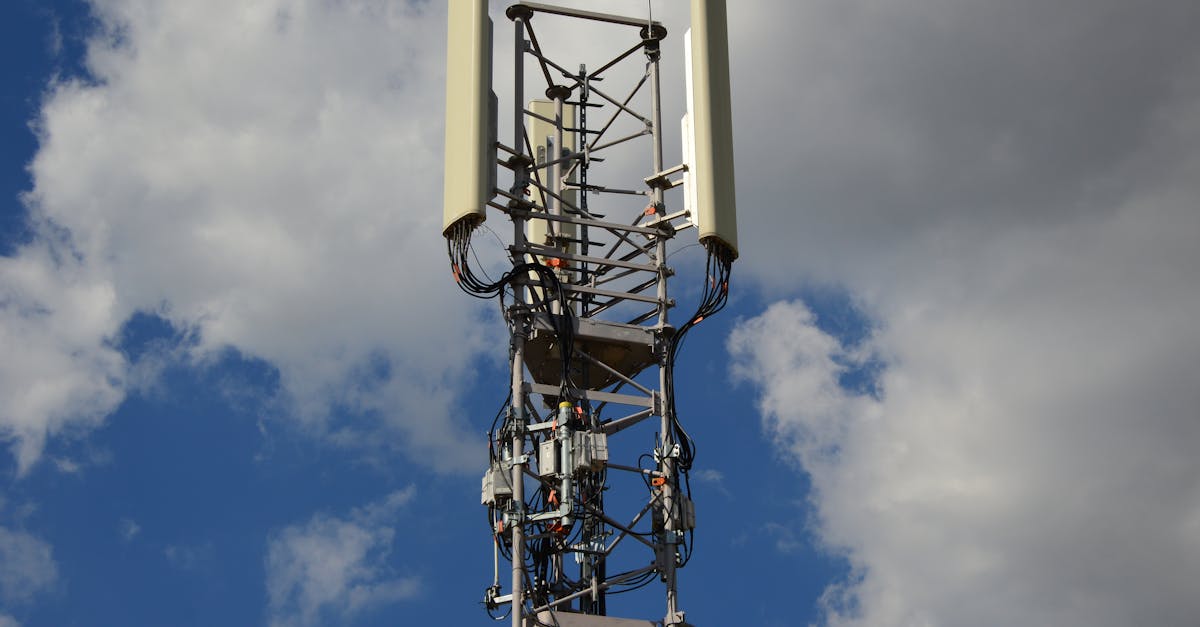Why Nostalgia TV Is Resurging in 2024
Introduction
In 2024, nostalgia TV is making a significant comeback, resonating with audiences across generations. From reboots of classic shows to streaming access to older series, nostalgia TV is more popular than ever. This phenomenon begs the question, why now? The return of these familiar shows offers more than entertainment; it reflects broader societal trends. Economic upheavals, technological advancements, and cultural shifts contribute to this resurgence. Understanding the reasons behind the nostalgia TV wave reveals much about contemporary society.
Advertisement
The Psychological Appeal of Nostalgia
Nostalgia TV taps into viewers' emotional cores, offering comfort and stability in uncertain times. As the world grapples with rapid changes, the familiar storylines and characters of yesteryears provide a sense of stability. Research indicates that nostalgia boosts mood, leading to increased feelings of warmth and belonging. This psychological appeal is particularly potent during economic downturns or political unrest, as people seek to reconnect with happier past memories. By evoking emotions tied to simpler times, nostalgia TV acts as a coping mechanism for contemporary anxieties.
Advertisement
Reboots and Revivals: A Trend on the Rise
Reboots and revivals play a crucial role in nostalgia TV's resurgence. Networks and streaming platforms are tapping into older series' fan bases by resurrecting classic shows with modern twists. Titles like "Friends," "The Fresh Prince of Bel-Air," and "Sex and the City" have been reintroduced with great success. This trend leverages established brand recognition, minimizing risk while maximizing potential rewards. By modernizing themes or updating settings, these reboots appeal to both original fans and new viewers, expanding the show's reach.
Advertisement
Streaming Platforms and Access to the Past
Streaming platforms have revolutionized how audiences access past content, making classic shows readily available. Services like Netflix, Hulu, and Disney+ offer extensive libraries of older shows, making it easy for viewers to dive into nostalgia. Enhanced by algorithms that recommend similar content, these platforms ensure viewers remain engaged with their chosen era for longer periods. Moreover, accessibility has democratized nostalgia, allowing newer generations to explore what older ones cherished. This accessibility is a key factor in nostalgia TV's continued success.
Advertisement
The Role of Social Media in Nostalgia TV
Social media has amplified the nostalgia TV movement, turning it into a collective experience. Platforms like Twitter, Instagram, and TikTok are filled with fan communities sharing their favorite moments, memes, and debates over nostalgic shows. This social interaction creates communal discussion hubs, where fans old and new can engage with content beyond the screen. Fan theories, reinterpretations, and virtual watch parties enhance the experience, ensuring that nostalgia TV transcends its original medium. It builds a virtual culture around each show, solidifying its place in viewers' lives.
Advertisement
Merchandising and Nostalgia
The nostalgia TV resurgence is also fueled by merchandising opportunities. Retailers worldwide are capitalizing on the craze with themed apparel, collectibles, and other memorabilia. Merchandise from beloved series like "Stranger Things" or "Star Wars" taps into the audience's sentimental ties, allowing them to express their fandom physically. This consumer trend merges the past with the present, encouraging fans to incorporate nostalgia into their daily lives. For viewers, possessing related items becomes an extension of their nostalgia-infused experiences.
Advertisement
Generational Appeal of Nostalgia TV
Nostalgia TV's intergenerational appeal contributes significantly to its resurgence in popularity. It offers older audiences a medium for reminiscing while bridging the generation gap between them and younger viewers. Younger audiences appreciate classic series for their timeless themes and storytelling artistry. Moreover, parents often introduce their children to the shows they grew up with, strengthening familial bonds through shared viewing experiences. This dual appeal ensures that nostalgia TV will remain relevant across age demographics for years to come.
Advertisement
Economic and Cultural Factors
Economic and cultural factors also play a pivotal role in the nostalgia TV trend. As society navigates economic flux and cultural transformations, the predictable narratives of older shows offer a temporary escape. Their simplified storytelling resonates in an age of information overload, where audiences crave digestible content. Culturally, nostalgia TV reflects a longing for a perceived better past or simpler era. This longing underpins a desire to return to known comforts, even if temporarily, as viewers navigate modern life's complexities.
Advertisement
Why This Trend Will Continue
The nostalgia TV trend's staying power is bolstered by several factors: it serves as an emotional balm, maintains financial incentive for producers, and has widespread social media engagement. As creators reimagine content, viewers' appetite for nostalgic offerings persists, suggesting the trend's continuation. Technological advancements will further facilitate access to and engagement with nostalgic content. Whether through VR, interactive storytelling, or augmented reality experiences, the way audiences engage with nostalgia will evolve, keeping the trend alive.
Advertisement
Summary and Conclusion
Nostalgia TV is more than a fleeting trend; it addresses emotional, cultural, and economic needs in 2024's complex landscape. As societal shifts drive the demand for comfort and familiarity, audiences increasingly turn to past shows for solace. Streaming accessibility, fan communities, and cross-generational appeal ensure its contemporary relevance. Reboots and merchandising extend its impact beyond screens, integrating nostalgia into daily life. The nostalgia TV wave exemplifies how entertainment evolves by reflecting and responding to societal changes, promising continued influence in the coming years.
Advertisement






